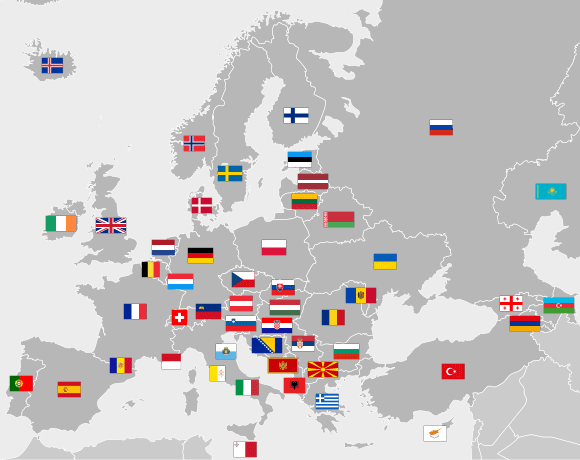Welcome
The European Association of Chinese Teaching (EACT) is an international organization of national associations, institutions, and individuals from all around Europe, that have the common aim not only to promote and to improve the teaching and learning of Chinese as a second language but also to provide research on the subject. The EACT (its website, its online lectures series on CNKI, its international biennal symposiums, and its yearly vocational workshops for teachers) functions as a platform where all its members, be they an association, an institution or individuals, can exchange, communicate, and cooperate on this common goal.
EACT / AEEC
📍
65 rue des Grands Moulins 75013 PARIS FRANCE
Our goal
- - Promote the standardization and regularization of Chinese language teaching in Europe
- - Improve the professional quality and teaching ability of Chinese teachers
- - Promote the development and sharing of Chinese teaching resources
- - Strengthen cooperation among Chinese language teaching institutions in European countries
- - Promote cultural and educational exchanges and cooperation between China and Europe

Contact us
- 🏢EACT / AEEC Headquarters
- 📧ouhanhui@ouhanhui.eu
- 📍65 rue des Grands Moulins
75013 PARIS FRANCE
